Huawei Mate 20 Pro review: A fire-breathing dragon
The Chinese firm’s plus-sized handset could be the best Android device on the market
The Huawei Mate 20 Pro isn’t a game changer, but it executes the basics with aplomb and makes its mark as the fastest performing Android phone we’ve reviewed to date. While it falls short of the iPhone’s A12 Bionic chip, the Mate 20 Pro boasts an impressive collection of features and an exceptional camera to boot
-
+
Exceptional performance; Great camera; Vibrant display; Strong collection of features
-
-
Massive notch; Clever but awkward in-screen fingerprint reader; No 3.5mm jack

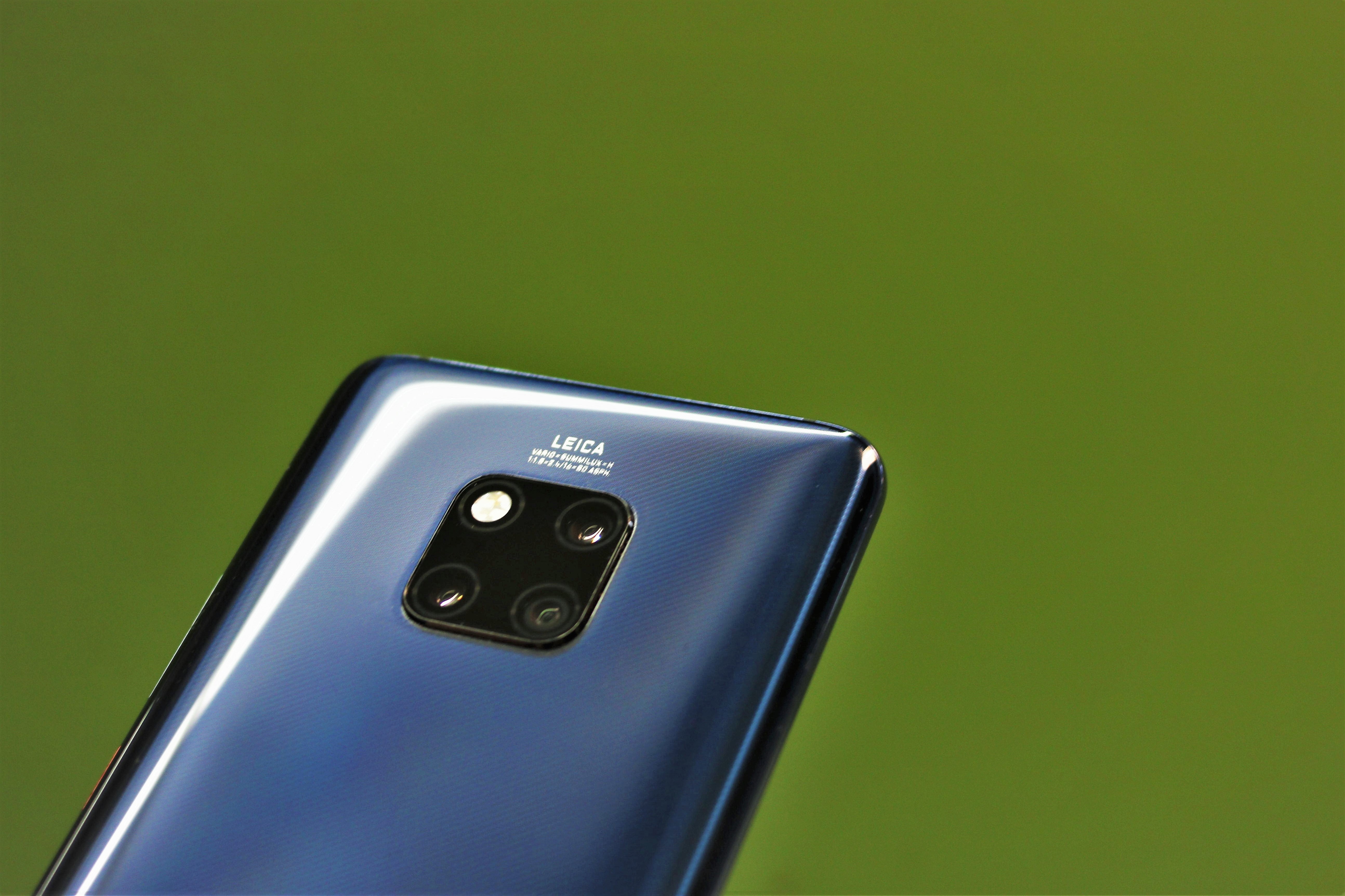
Huawei Mate 20 Pro Camera
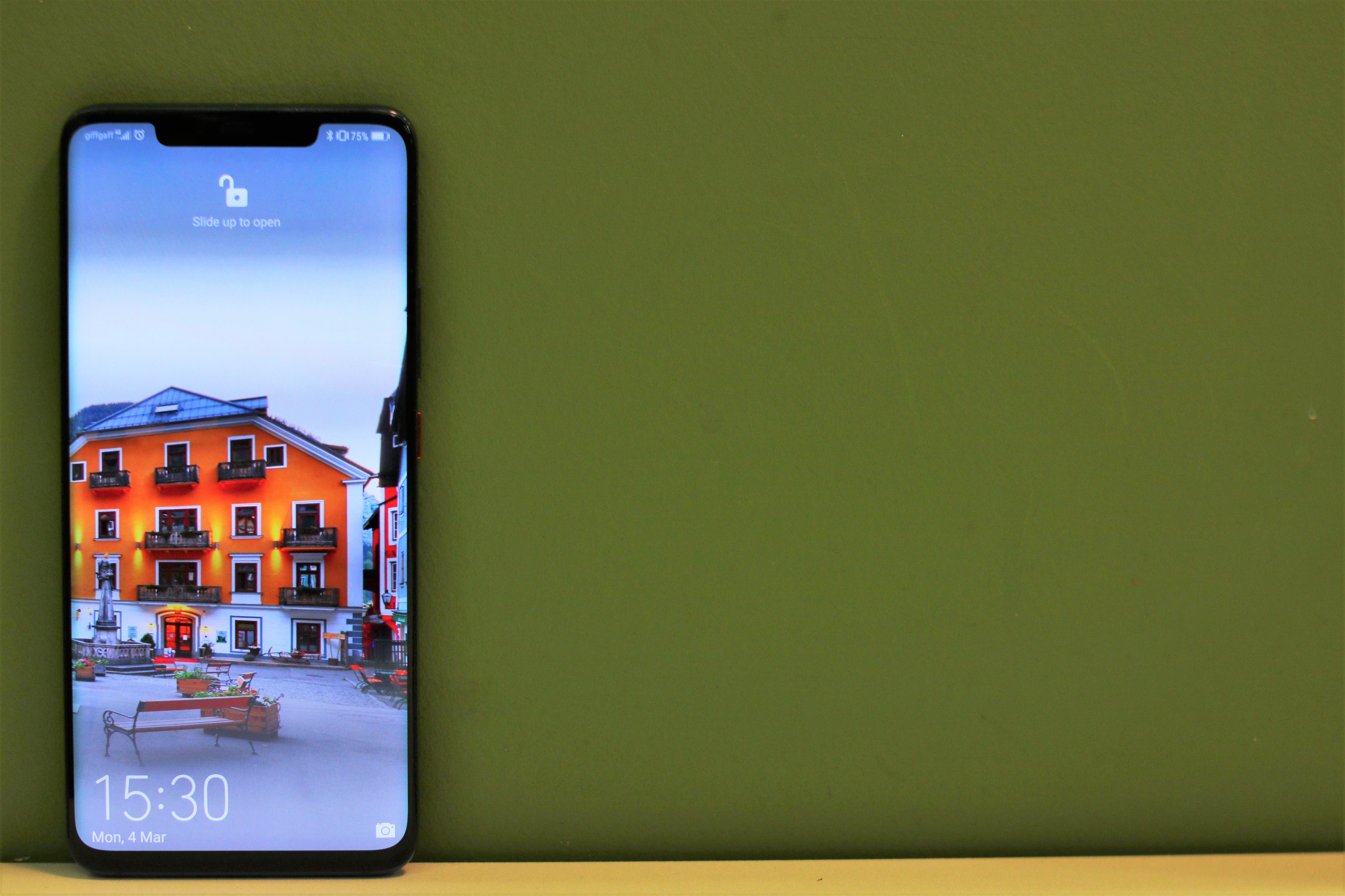
Huawei Mate 20 Pro front
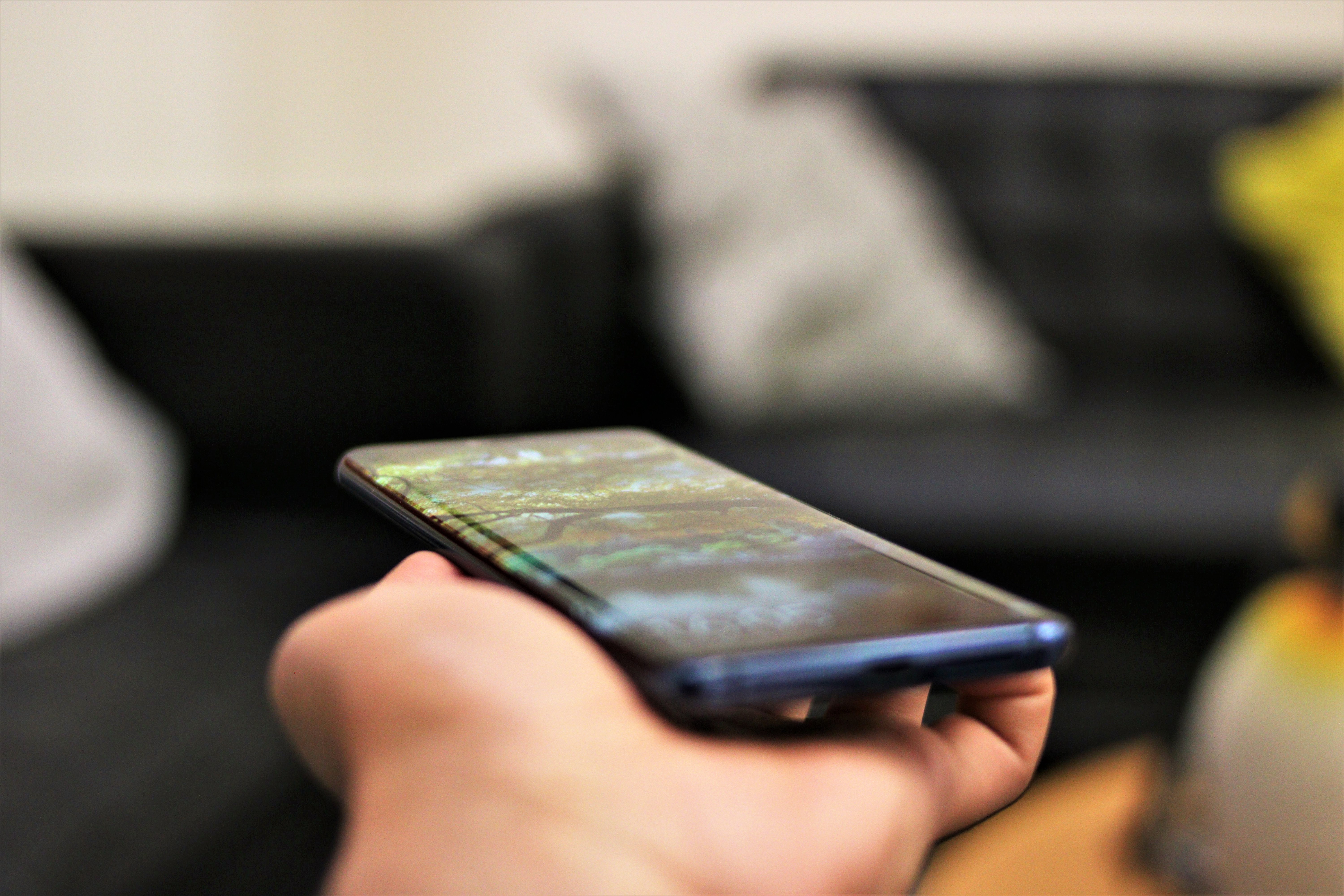
Huawei Mate 20 Pro body
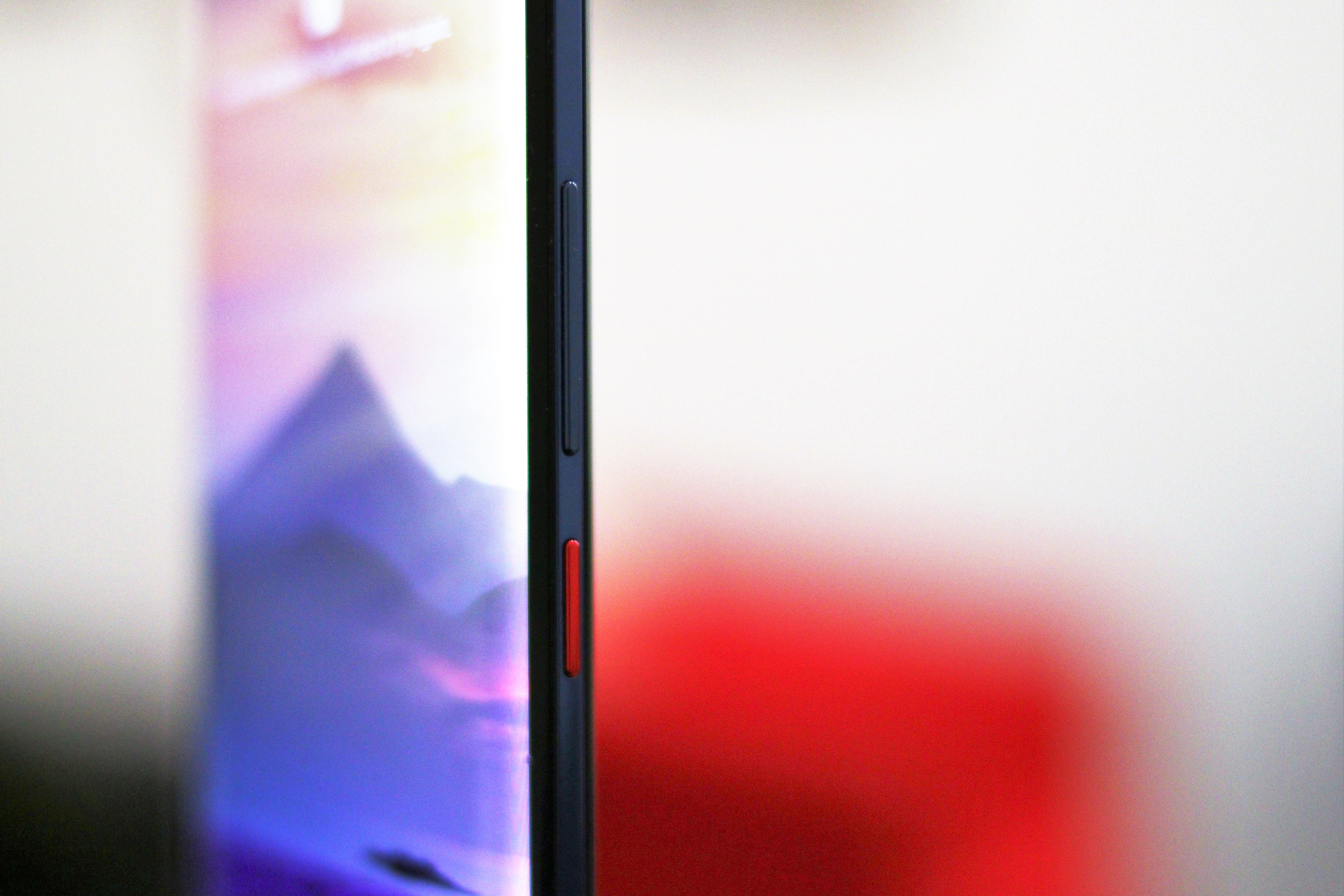
Huawei Mate 20 Pro profile
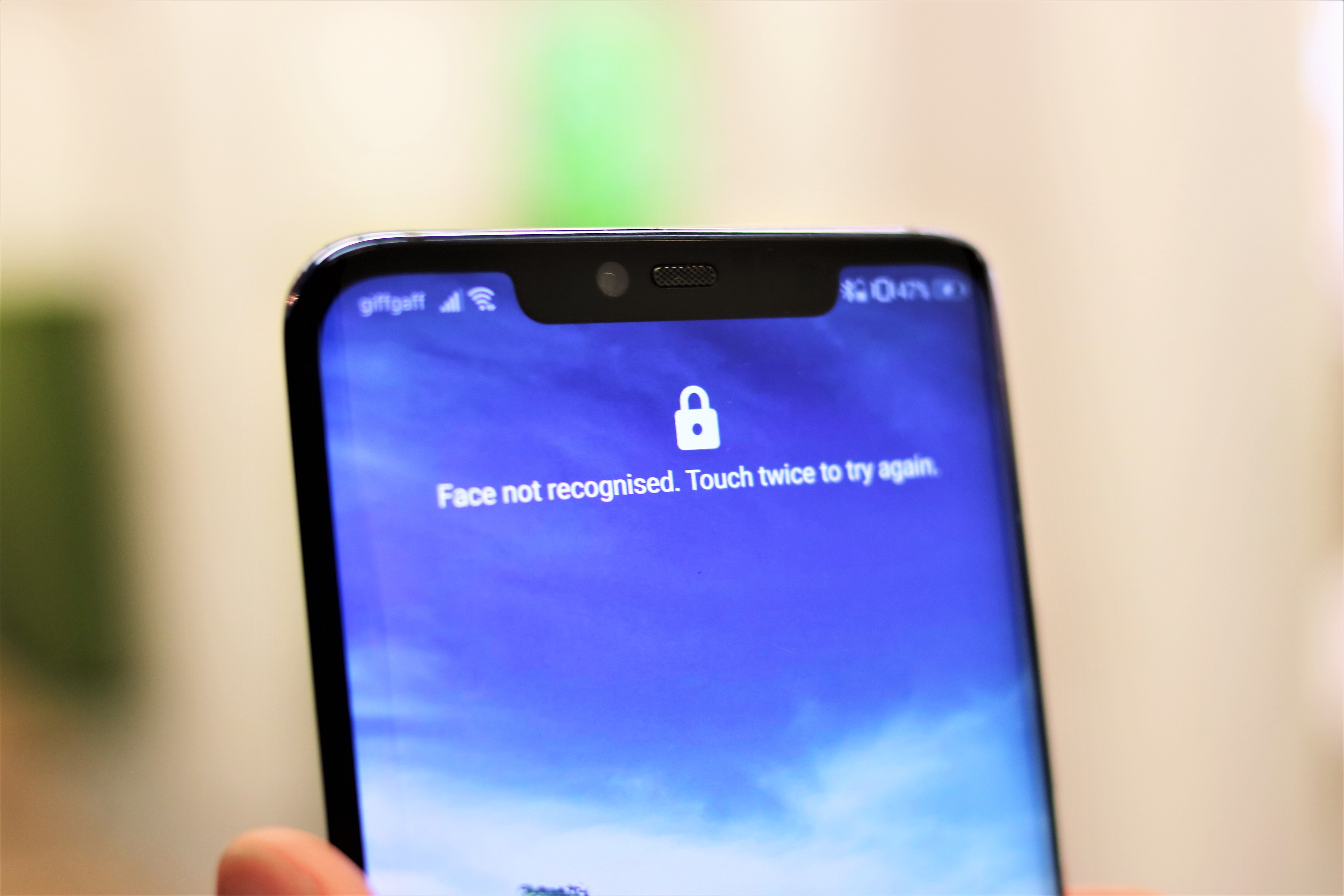
Huawei Mate 20 Pro front camera
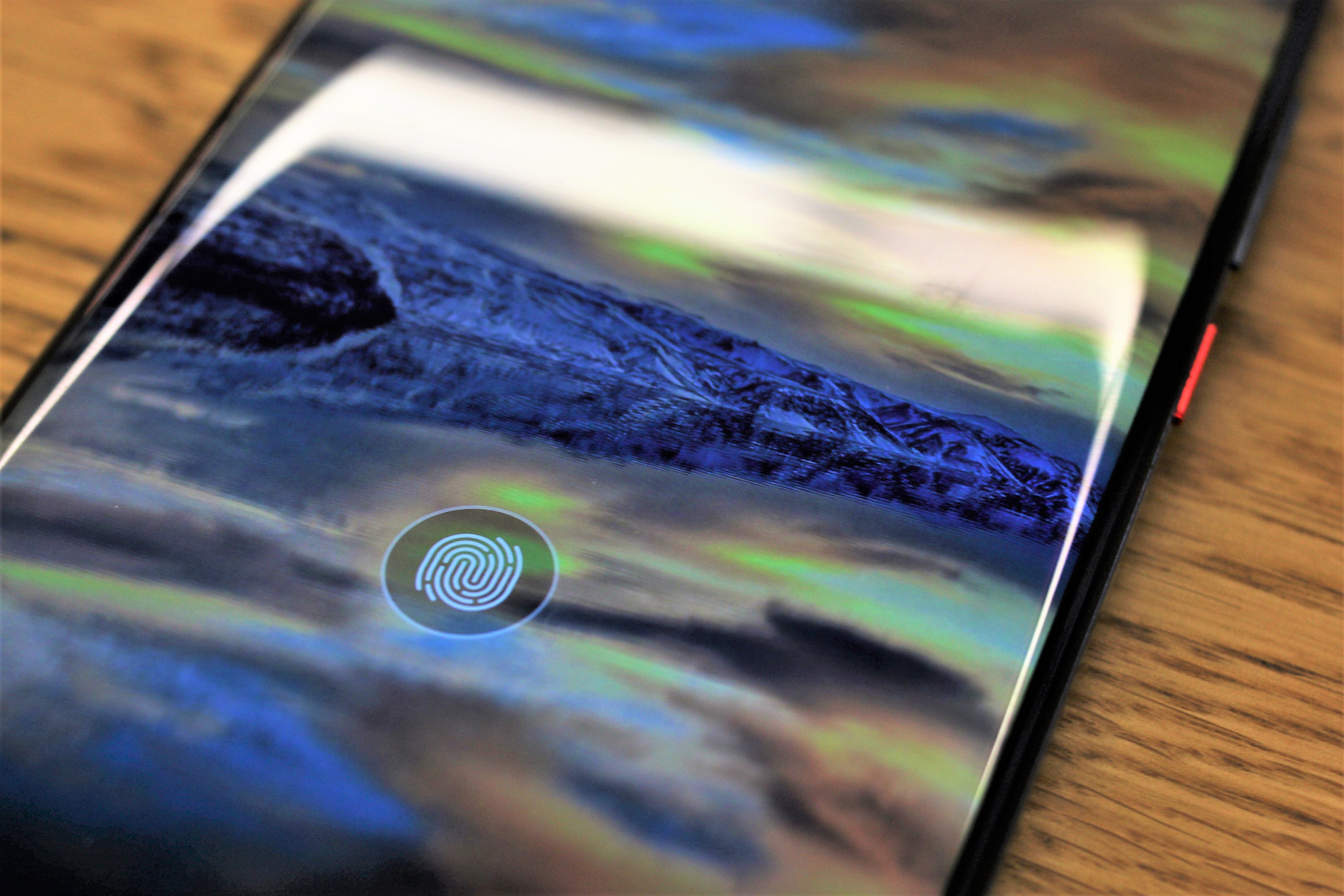
Huawei Mate 20 Pro fingerprint reader
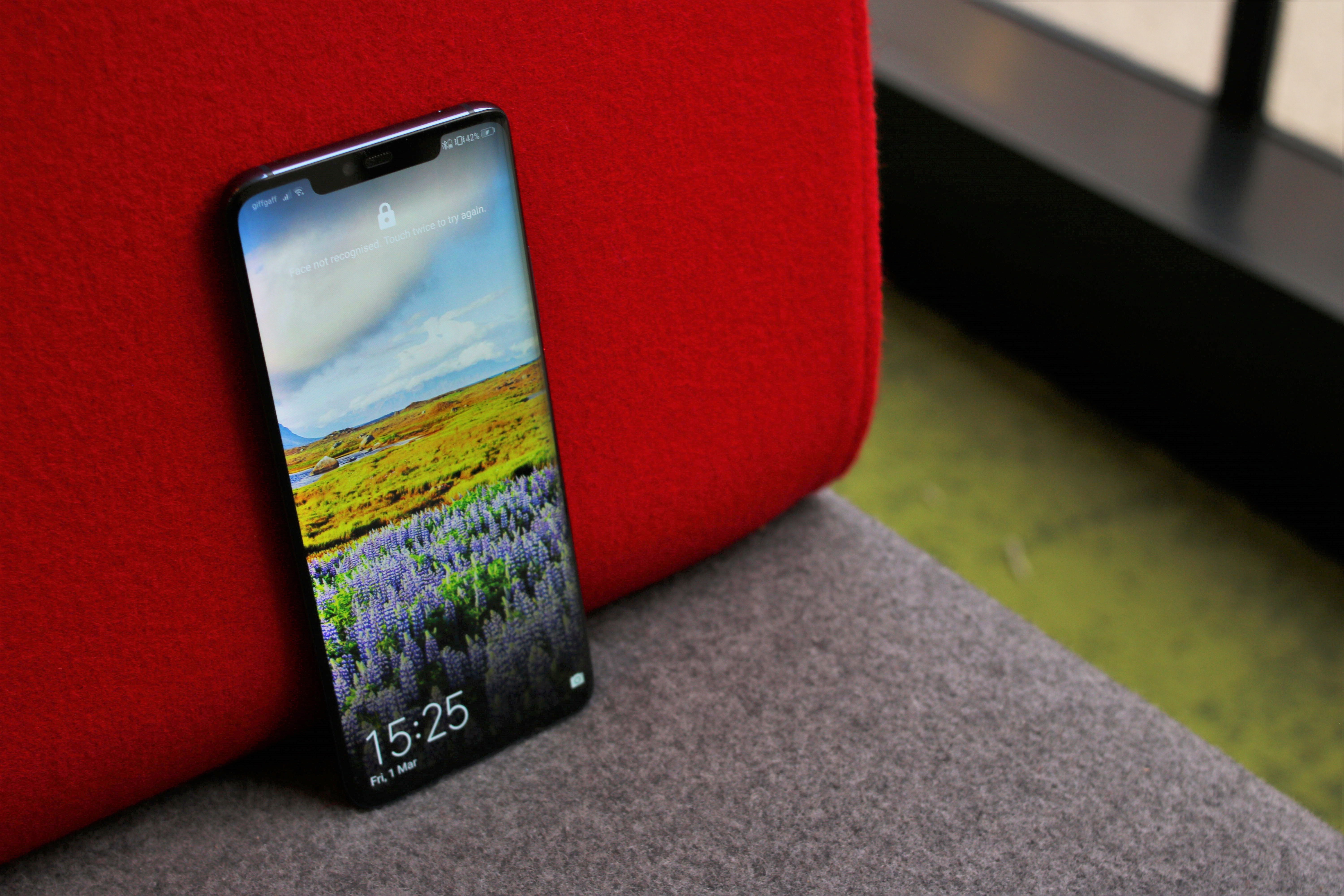
Huawei Mate 20 Pro body shot
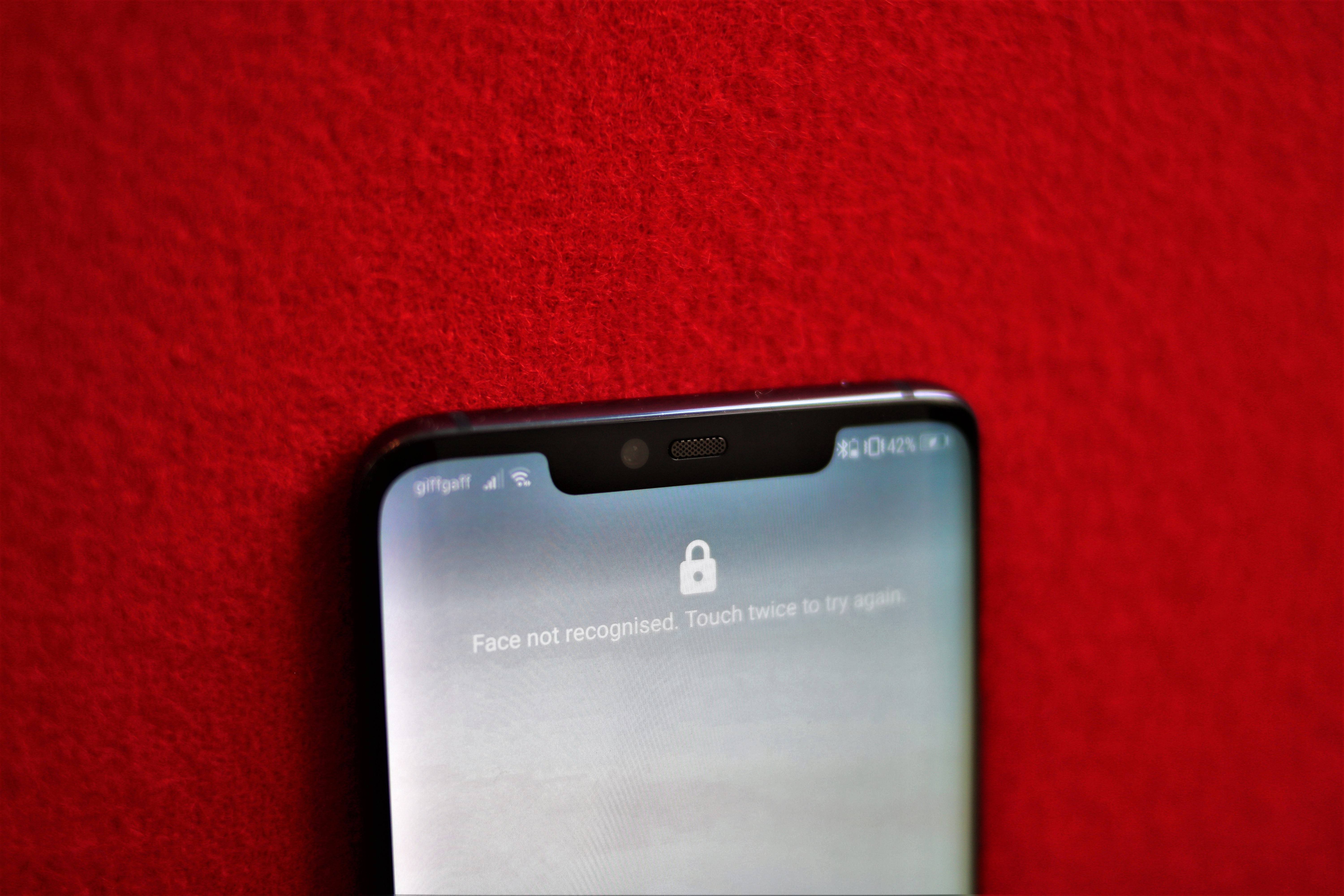
Huawei Mate 20 Pro front camera
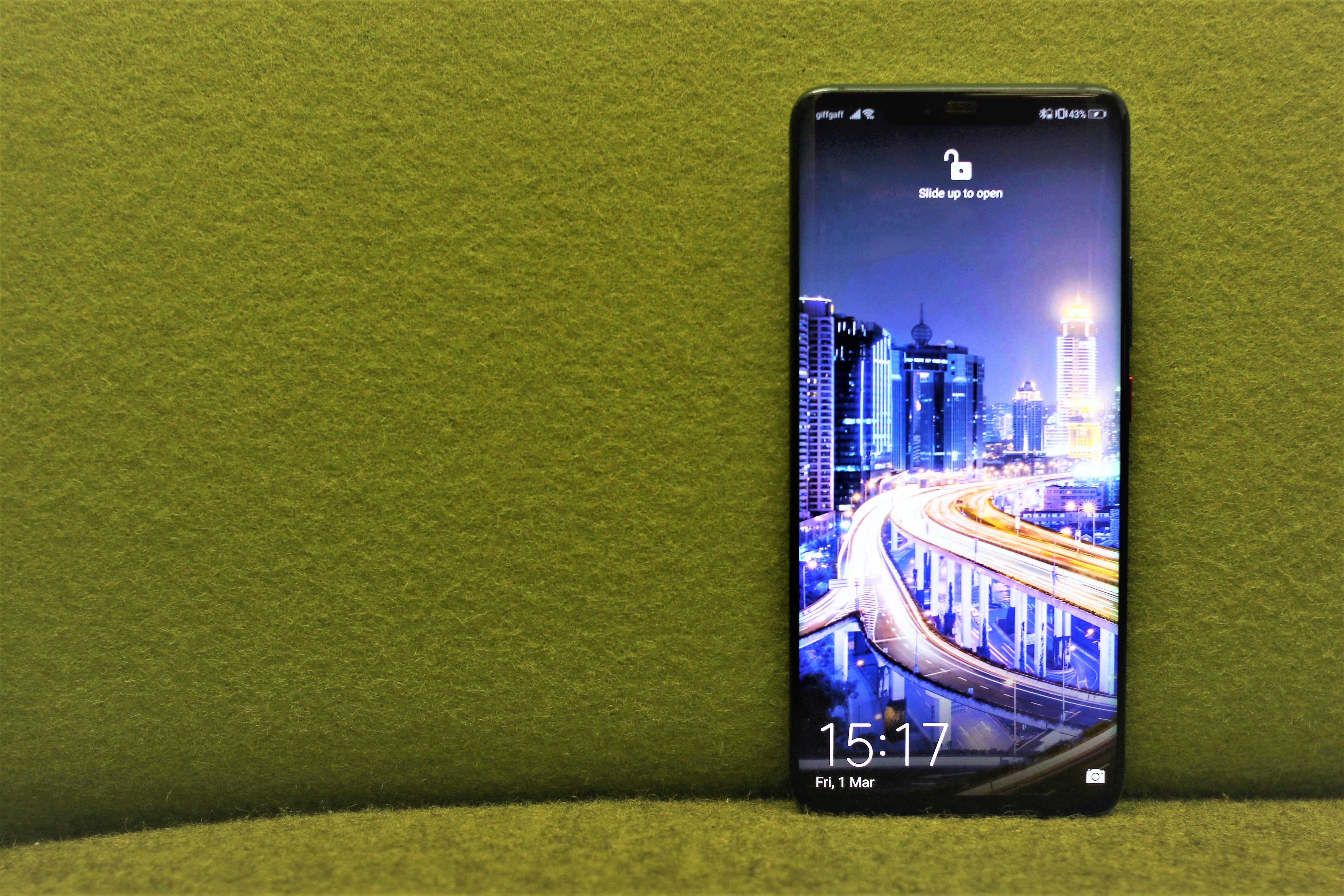
Huawei Mate 20 Pro alternative body shot
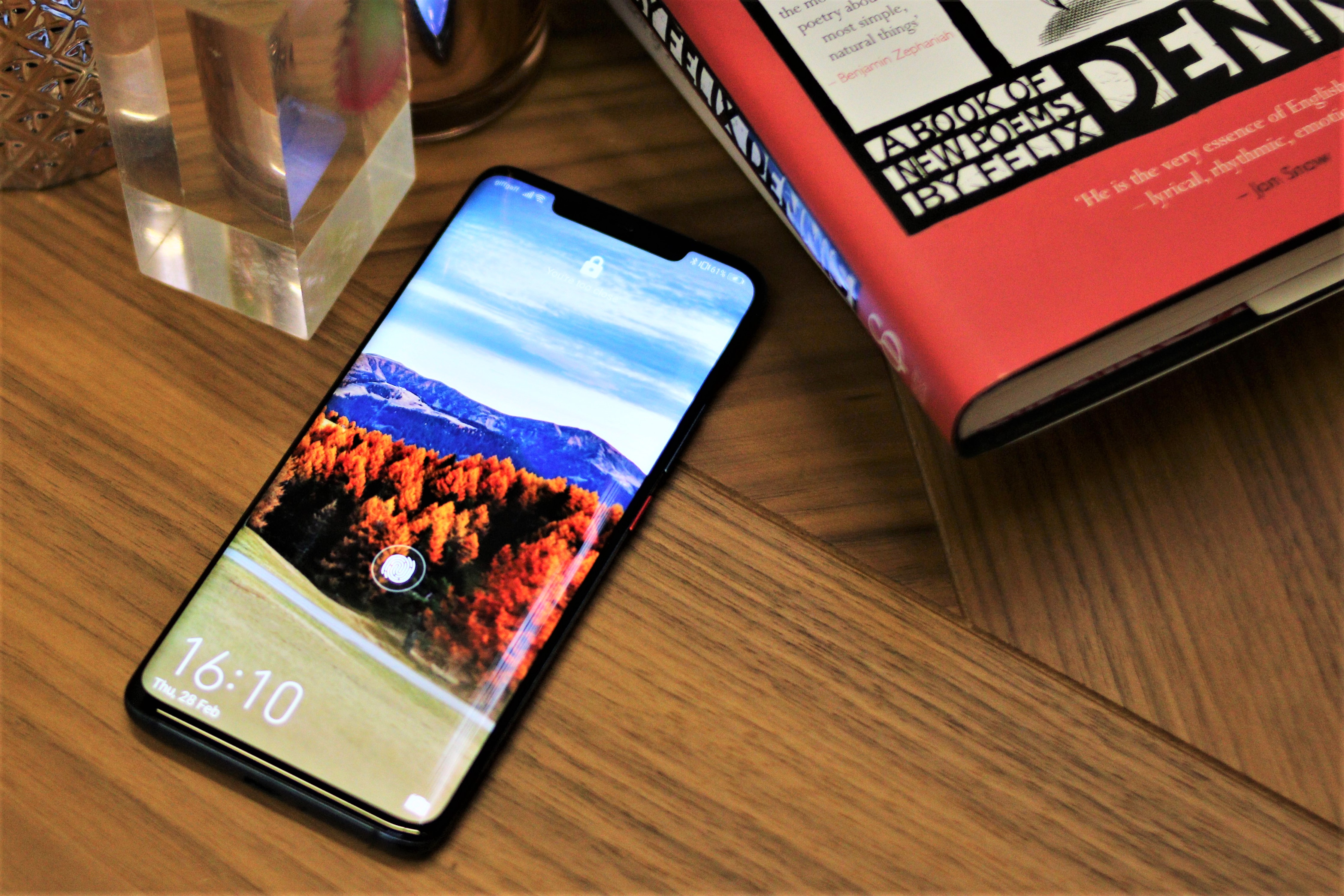
Huawei Mate 20 Pro alternative body shot
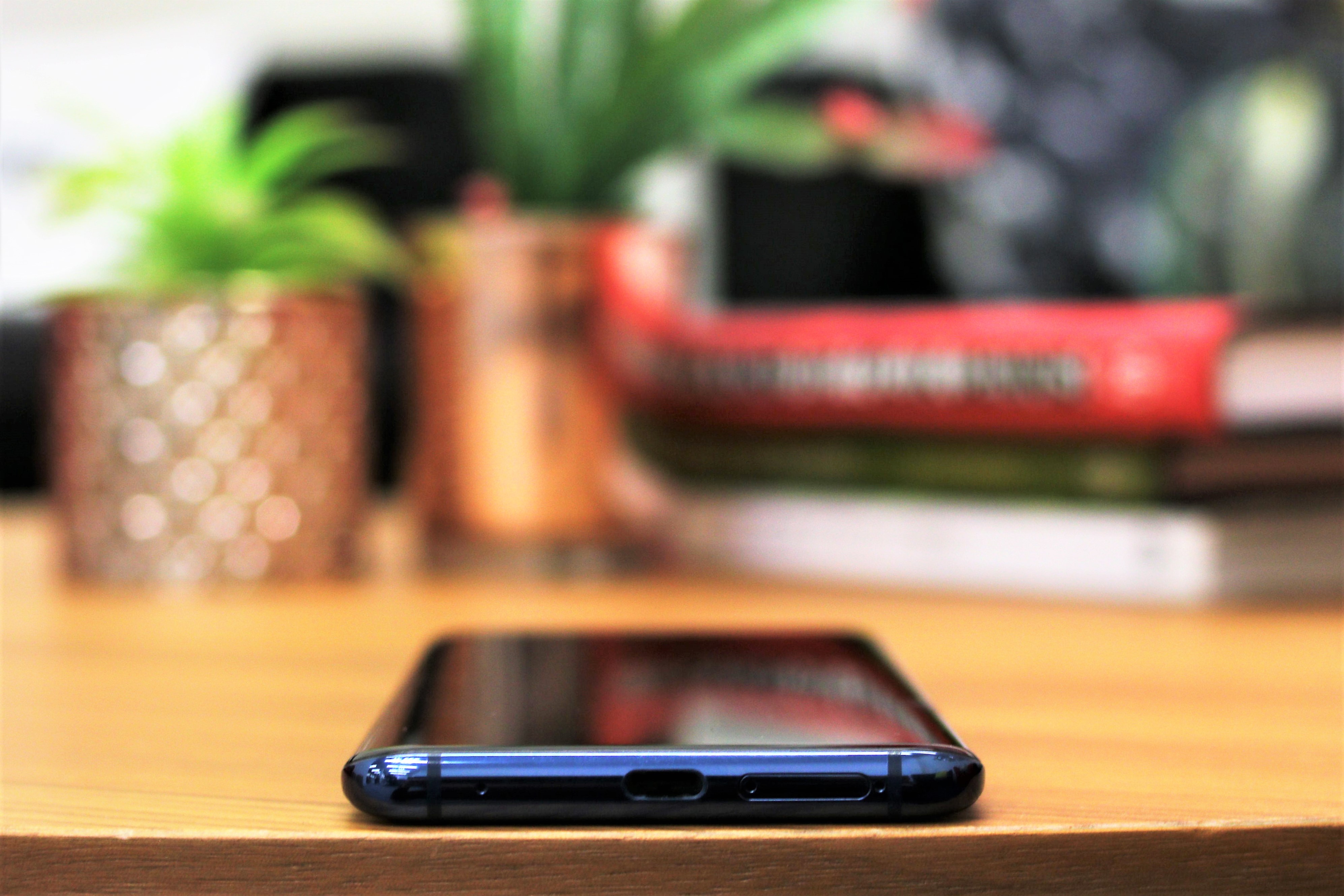
Huawei Mate 20 Pro base
The latest generation of plus-sized smartphones has pushed the limits of what can and should be expected from a mobile handset, putting the notion of 'foldables' to one side.
The Huawei Mate 20 Pro, a high-end 6.4in giant, follows hot on the heels of the widely acclaimed P20 Pro, now at a time when Huawei has cemented itself as a key player in the market. This intuitive and gorgeous handset, released towards the back end of 2018, is essentially the Chinese giant's answer to Apple's iPhone Xs Max, and potentially leaves a swathe of its Android rivals playing second fiddle.
This includes the outstanding and inexpensive OnePlus 6T, which the Mate 20 Pro matches blow-for-blow, while Huawei's handset approaches but doesn't quite reach the bank-busting levels of the iPhone or Google's Pixel 3 XL. All things considered, does the Mate 20 Pro do enough to steal the crown as this generation's best flagship?
Huawei Mate 20 Pro: Design
The most noticeable design feature of the Huawei Mate 20 Pro is its Samsung Galaxy S10-esque dual curved display. This is encased by smooth glass panels front-and-back, giving it a premium sheen, while the glossy glass-coated anodised aluminium casing to the rear boasts a stylish sheen. Our model came in a light blue, but 'midnight blue' and black variants are also available in the UK.

The glass coating lends the phone a high-quality and weightier feel, but also means it can slip from your fingers fairly easily if you're not careful. It's therefore best to use an outer case with the Mate 20 Pro (luckily it comes boxed with a basic but effective silicon shell).
Size-wise the Mate 20 Pro is roughly consistent with the 6.2in Google Pixel 3 XL, measuring 8.6mm thick against the Pixel's 7.9mm, and weighing just 5g heavier at 189g. It's also around the same size, albeit slightly thicker, than the 7.7mm iPhone Xs Max, but lighter with Apple's variant weighing in at 208g. Nevertheless a phone of this size is still too large to conveniently use single-handed, and its high centre of gravity is particularly noticeable while typing.
Both its volume and power buttons are placed on the right-hand side of the device, the latter eye-catchingly lined in red, not that this makes it any harder to accidentally push the wrong button and turn off the display. The head features an infrared emitter, one of a variety of features, and just one USB-C located at the base makes up the Mate 20 Pro's ports; the fact that a 3.5mm audio jack featured in the Mate 20 makes it a disappointing omission.
Huawei Mate 20 Pro: Display
The Huawei Mate 20 Pro's 6.4in edge-to-edge display, curving beyond its edges akin to the Samsung Galaxy, is highly stylish on first glance. But this is partially spoiled by an overt notch, supposedly engorged to house its 3D facial recognition system.
The notch is an opinion-splitter, and while we're not generally bothered there's certainly a line the Mate 20 Pro crosses. The Huawei's elongated bar means an array of notification icons are miniaturised to the point of irrelevance. Thankfully, it can be 'hidden', which amounts to darkening the regions either side, not bringing the notification bar down a tier as with the OnePlus 6T.

It's far from a dealbreaker, though, and the Mate 20 Pro's 3,120 x 1,440 WQHD+ AMOLED panel is otherwise gorgeous, with a 95.4% coverage of the sRGB colour gamut not a bad result at all. A brightness of 465cd/m2, meanwhile, is powerful but doesn't quite hit the same peaks of the iPhone XR's scorching 684cd/m2. For reference, it easily exceeds the Samsung Galaxy S9's middling 300cd/m2, however. This translates to colours that pop in detail and clarity, with satisfyingly wide viewing angles.
In addition, you can configure the display to your liking, either by lowering the resolution to 1080p or 720p, or by tweaking the colour palette and temperature. A 'natural tone' mode also auto-adjusts the temperature based on ambient lighting, while the adjustable 'eye comfort' setting triggers warming tones based on time of day, designed to ease eye strain at night.
Huawei Mate 20 Pro: Hardware and performance
The Hisilicon Kirin 980 processor, made in-house by Huawei, is an octa-core 7nm powerhouse with four cores clocked at 2.6GHz and a further four at 1.8GHz. The phone is also fitted with 6GB RAM, and a storage capacity of 128GB.
The 980 is Huawei's answer to Apple's beastly 7nm A12 Bionic chip, which debuted in last year's iPhones. It proves a significant upgrade on the 970, its 10nm predecessor featured in the P20 and P20 Pro, and produced a blistering set of results in our performance tests, practically outdoing any Android alternative we've seen. This includes the Pixel 3 XL, OnePlus 6T, and the Samsung Galaxy Note 9.
But a single-core score of 3358 and multi-core score of 10,085 on Geekbench 4 doesn't quite eclipse the iPhone Xs Max's breathtaking 4816 and 11,480, and neither does it outperform the last-gen iPhone X, which featured an A11 chip.

The Mate 20 Pro's 4,200 mAh battery, on the other hand, lasted a strong 15hrs 35min in our tests. This is still some way off the standard set by the previous generation of flagships, and is a significant distance from the Samsung Galaxy Note 9's 19hrs 35mins, and OnePlus 6T's exceptional 21hrs 40mins. But the Huawei Mate 20 Pro can still comfortably outlive all iPhone models, as well as the Google Pixel 3XL and Samsung Galaxy S9. On the software front, the Huawei's auto-adjustable brightness setting and several different power saving modes can also help users conserve power on-the-go.
The fast-charging functionality can power to phone to 70% within 30 minutes using Huawei's own unit supplied with the phone, while the phone can also reverse-charge other compatible devices. Flicking a switch in the settings menu can turn the device into a makeshift charging pad that can power other handsets (built with Qi wireless charging) placed on the Mate 20 Pro's back. It's a feature we haven't seen in any other device on the market barring the yet-to-be-released Samsung Galaxy S10.
The Mate 20 Pro supports 15W wireless charging, which should result in blazing recharge speeds if you've got a pad that's capable of keeping up. Charging wirelessly via Huawei's own wireless charging pad, however, was an utter disappointment. Over two hours, the battery crept up by less than a quarter and using the pad to charge the Mate 20 Pro overnight saw it hit just 96%, from 20% the previous evening.
Huawei Mate 20 Pro: Camera
The camera embedded into the Mate 20 Pro uses a triple-lens setup, as with the P20 Pro, but it's arranged in a square as opposed to a vertical line, with the top-left square featuring an LED flash.

Huawei's handset features a 40MP camera, an 8MP telephoto lens for zooming, and a 20MP ultra-wide lens, which together work exceptionally well to deliver an all-round great shooting experience. The front also features a 24MP camera.
Altogether, the combination of lenses, powered by Leica, works well with the camera's UI to produce images with high clarity and depth of field. This setup also delivers exceptionally clear shots in poorly-lit conditions and at different levels of zoom, without detecting any noise levels in the images, which is an impressive feat for a phone camera.
The new ultra-wide lens, which debuts in the Mate 20 Pro, works surprisingly well for landscape photos and wider shots, and can be toggled easily through the UI. While 10MP should be enough, the 3x optical zoom, which can be enhanced digitally to x5 and x10, and anywhere in between, is not supported when shooting with 40MP.
Video also shoots in up to 4K Ultra HD, although there's a fair amount of 'screen lag' with this, and this resolution is only available in 30fps. This is opposed to 1080p which can be shot quite smoothly in either 30fps or 60fps.
As usual, Huawei has also deployed AI to improve the quality of photos after they're taken. The system automatically adjusts colours, brightness and contrast by cross-referencing images taken with more than 1,500 scenarios across 25 categories. The Mate 20 Pro's system is a massive improvement on previous iterations, with the P20 Pro for reference loaded with just 150 scenarios.
Elsewhere a spate of manual controls allows more advanced users to replicate a near-true DSLR experience - with tweaks to ISO, exposure and white balance, among other settings, allowing users to finetune any shots on the horizon. These can be used in addition to a number of in-built filters, a beauty mode for faces, monochrome shooting, HDR, and countless other nifty features.
Huawei Mate 20 Pro: Software and features
Although the Mate 20 Pro is powered by Android 9 ('Pie'), it's overlayed by Huawei's own EMUI operating system. This intuitive software bears an astonishing resemblance to iOS, (which isn't necessarily a bad thing), and proves extremely responsive and clean.
We'd even go so far as to say it's a noticeable improvement on iOS, given how it not just replicates Apple's intuitive and minimalist user interface, but offers far more in terms of the sheer scale of customisation one normally expects from an Android device.

The Mate 20 Pro's fingerprint scanner, meanwhile, is built into the fabric of the display, which is a nifty way to include a feature that would conventionally demand a physical space or sensor. While this is a smart idea, the reader itself isn't the most reliable. But given how easy this is to bypass almost entirely in light of the Mate 20 Pro's fantastic 3D facial scanner - which can identify you in low lighting and a variety of contexts, such as with or without glasses - it's definitely bearable.
The USB-C port fitted on the bottom, between a set of completely hidden speakers, is the Mate 20 Pro's only output device. Beyond a spate of smartphone fixtures, the Mate 20 Pro also features an infrared emitter which lets it double as a TV remote (a feature we haven't seen since the Galaxy S6), and supports two SIM cards alongside the usual range of sensors.
The phone also features a nifty wireless projection mode that allows users to broadcast the device to an external display, or even a laptop. The Mate 20 Pro effectively becomes a touchpad for a makeshift desktop PC, albeit this does suffer from input lag. An improvement on its predecessor's ability to broadcast via wired connections, the Mate 20 Pro can be used to screencast effectively during meetings, or as an emergency PC substitute.
Huawei Mate 20 Pro: Verdict
The Huawei Mate 20 Pro is a knock-out. The Chinese tech giant's latest flagship executes the basics effectively, while excelling in our performance tests, and boasts enough bells and whistles to keep things interesting.
There are a few bugbears, but nothing close to a dealbreaker. The display, for instance, is a fingerprint magnet, but can thankfully be easily cleaned. The glass-coated handset is slippery, but even its default silicon casing nullifies any risk of dropping. The fingerprint scanner is temperamental, but can be bypassed via the facial recognition scanner.
This well-designed 6.4in flagship doesn't set new standards for battery life or the quality of its display, at least in terms of this generation's smartphones. But the Mate 20 Pro still excels on both fronts, while offering one of the best camera setups as well as the best performance levels we've recorded for an Android device thus far.
We'd go so far as to say an intuitive iOS-esque UI, combined with a relatively cheap price point, means the Mate 20 Pro quite easily presents any frustrated iPhone users with a viable and tempting Android alternative to make the leap.
Verdict
The Huawei Mate 20 Pro isn’t a game changer, but it executes the basics with aplomb and makes its mark as the fastest performing Android phone we’ve reviewed to date. While it falls short of the iPhone’s A12 Bionic chip, the Mate 20 Pro boasts an impressive collection of features and an exceptional camera to boot
| Processor | Hisilicon Kirin 980 - Octa-core (4 x 2.6GHz & 4x 1.8GHz) |
| RAM | 6GB |
| Screen size | 6.4in |
| Screen resolution | 3120 x 1440 |
| Screen type | AMOLED |
| Front camera | 24MP |
| Rear camera | 40MP + 20MP (wide) + 8MP |
| Storage (free) | 128GB |
| Dimensions | 157.8 x 72.3 x 8.6 mm |
| Weight | 189g |
Get the ITPro daily newsletter
Sign up today and you will receive a free copy of our Future Focus 2025 report - the leading guidance on AI, cybersecurity and other IT challenges as per 700+ senior executives

Keumars Afifi-Sabet is a writer and editor that specialises in public sector, cyber security, and cloud computing. He first joined ITPro as a staff writer in April 2018 and eventually became its Features Editor. Although a regular contributor to other tech sites in the past, these days you will find Keumars on LiveScience, where he runs its Technology section.
-
 ‘Phishing kits are a force multiplier': Cheap cyber crime kits can be bought on the dark web for less than $25 – and experts warn it’s lowering the barrier of entry for amateur hackers
‘Phishing kits are a force multiplier': Cheap cyber crime kits can be bought on the dark web for less than $25 – and experts warn it’s lowering the barrier of entry for amateur hackersNews Research from NordVPN shows phishing kits are now widely available on the dark web and via messaging apps like Telegram, and are often selling for less than $25.
By Emma Woollacott Published
-
 Redis unveils new tools for developers working on AI applications
Redis unveils new tools for developers working on AI applicationsNews Redis has announced new tools aimed at making it easier for AI developers to build applications and optimize large language model (LLM) outputs.
By Ross Kelly Published
-
 Google layoffs continue with "hundreds" cut from Chrome, Android, and Pixel teams
Google layoffs continue with "hundreds" cut from Chrome, Android, and Pixel teamsNews The tech giant's efficiency drive enters a third year with devices teams the latest target
By Bobby Hellard Published